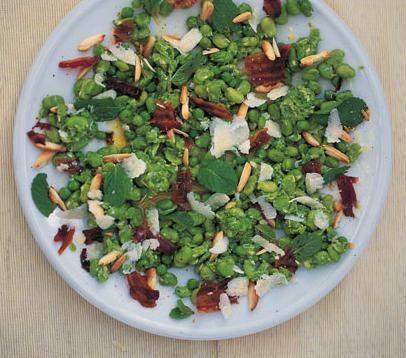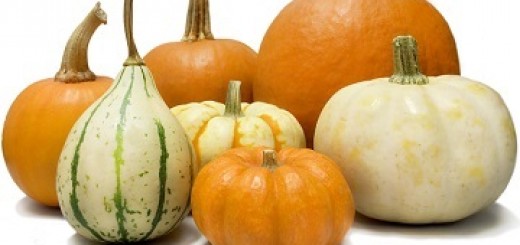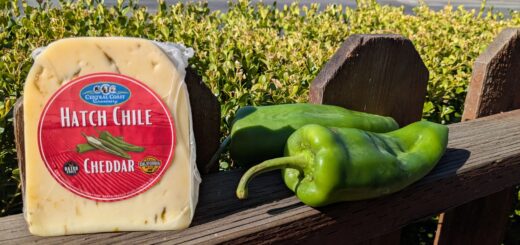Tips for Healthy Living: Introducing the Fabulous Favas

Geri Wohl, CNC www.bettereatingcoach.com
Considered one of the tastiest of the beans, fava beans have been consumed for over 6000 years. Although they require more preparation than most other beans, they are filled with both flavor and nutrition.
Fava beans, also known as broad beans or horse beans, were originally cultivated in the Mediterranean or Asia Minor. These green pods resemble pea pods on steroids. They also possess a powerful nutritional profile. Fava beans, like lentils, peas and other beans, are members of the legume family. Legumes are defined as plants with seedpods that split in half. Legumes have long been consumed around the world except in most Western diets. From an agricultural perspective, legumes are important nitrogen-fixers of the soil. Many traditional farmers employ nitrogen-fixing legumes in their crop rotation cycle to put important nutrients back into the soil and enhance future crops. For more about home gardening and the importance of soils, see the gardening section of my resources page http://www.bettereatingcoach.com/resources.html.
Fava beans are a great source of low-fat, vegetarian protein. Unlike animal protein, which is comprised of saturated fat, the small amount of fat in fava beans is mostly unsaturated. As protein is so important to our overall health, incorporating fava beans into your meal will give you more sustained energy during the day and help in regulating blood sugar levels. For more about the importance of protein, see my article http://www.bettereatingcoach.com/72412-benefits-of-breakfast.html. The protein in fava beans is not a complete protein; it does not possess the full array of amino acids. To obtain the remaining amino acids that the body requires to make cells, hormones, etc., one should also consume corn or brown rice.
 These creamy beans are also a rich source of dietary fiber; ½ cup is about 1/6th of the DRI (dietary reference intake) for adults. As stated in previous articles, dietary fiber helps to cleanse the colon and digestive tract. It has also been shown that dietary fiber acts to escort the LDL (or “bad”) cholesterol out of our bodies; thus being supportive of our cardiovascular system. Check out my article about fiber at http://www.bettereatingcoach.com/22713-not-just-dijon.html.
These creamy beans are also a rich source of dietary fiber; ½ cup is about 1/6th of the DRI (dietary reference intake) for adults. As stated in previous articles, dietary fiber helps to cleanse the colon and digestive tract. It has also been shown that dietary fiber acts to escort the LDL (or “bad”) cholesterol out of our bodies; thus being supportive of our cardiovascular system. Check out my article about fiber at http://www.bettereatingcoach.com/22713-not-just-dijon.html.
Other important nutrients in fava beans are:
- Folates with vitamin B12 are vital for healthy DNA synthesis and cell division. Folate and B12 also are important for our heart health. Fava beans contain about 106% of the RDA in ½ cup (100 grams).
- Vitamins B1, B2, B3 and B6 are important components of supplying the cells with energy. They also work to help our metabolism of proteins, carbs, and fats.
- Iron, copper, manganese, calcium, potassium and magnesium are important co-factors for many body systems. Consider potassium–fava beans actually contain one of the highest amounts of potassium from a vegetable source. Potassium plays a vital role in the optimal functioning of our cells and regulation of blood pressure and heart health by assisting the transport of fluids into the cells. It directly counteracts the effects of sodium in the body.
- Phytonutrients are plant compounds that actually impart health benefits to us. They typically are antioxidants and quench free radicals that are in our bodies. The phytonutrients studied in fava beans are isoflavones and plant sterols. The plant sterols have been associated with helping to lower cholesterol levels.
- L-Dopa is found in fava beans. L-Dopa is a precursor to dopamine, one of our neurotransmitters. L-Dopa is used in the treatment of Parkinson’s disease. Studies have been done showing that consuming fava beans may help in the treatment of Parkinson’s. Three ounces (about ½ cup) of fresh beans is equivalent to between 50-100 mg of L-Dopa. Amounts of L-Dopa from fava beans vary based on their size and soil conditions. If you are eating favas for its L-Dopa nutrients, consult your doctor about your medication.
So how do you prepare these beans to eat? When purchasing, look for evenly shaped, green pods. Avoid pods that are yellow, which indicates the beans are too mature and will be dry and bitter. Once at home, they will keep refrigerated for about one week. Cut the pods along the seam. Once split, remove the beans from the shell. They will have a thick whitish skin that needs to be removed. Blanch the beans in boiling water for about one minute. Then drain and rinse under iced water to stop any further cooking. The blanching will soften the coating. Squeeze the bean from skin and prepare in your favorite dish.
Please note that fava beans contain tyramine, which is contraindicated for those on MAOIs. Also, avoid eating fava beans or inhaling the pollen from the plants if you have the hereditary ailment called favism, which causes an allergic reaction in a small segment of the population.
Otherwise, enjoy these springtime wonders! They are more labor intensive, but they are great in soups, salads and spreads.
© Geri Wohl, CNC












